Stomach Cancer
Stomach cancer, also known as gastric cancer, occurs in the stomach, which helps break down and digest food.
Adenocarcinoma is the most common type of stomach cancer, making up about 90 to 95 percent of cases. It develops from the cells in the innermost lining of the stomach. Other types of stomach cancer include carcinoid tumors, which begin in the hormone-producing cells of the stomach, and gastrointestinal stromal tumors, which are rare and originate from early-forming cells in the stomach wall.
Lymphoma is a rare type of stomach cancer. These cancers affect immune system tissue that is often found in the stomach wall. While less common than adenocarcinoma, these types require specialized treatment approaches.
Expert, multidisciplinary stomach cancer care
Every stomach cancer patient at University of Iowa Health Care Holden Comprehensive Cancer Center is treated by a team of experts that includes surgical oncologists, medical oncologists, radiation oncologists, genetic counselors, pathologists, pharmacists, nurses, social workers, and laboratory-based scientists who all work together to care for you.
These experts focus on stomach cancers and other cancers of the digestive system, which means they understand the disease, know about the most recent treatment options, and can help you decide what treatment is best for you.
Advanced surgical techniques for stomach cancer
Surgeons at UI Health Care were one of the first in the country to offer robotic-assisted stomach cancer surgery. In robotic surgery, the surgeon performs your surgery with the assistance of a robot. Robot-assisted stomach surgery can only be done by a surgeon who has specific advanced training.
This minimally invasive surgery can help reduce pain and increase healing time due to the small incision. It also allows your provider to be more precise when removing the cancerous tissue from your stomach.
Risk factors for stomach cancer
People who have ever been diagnosed with a Heliobacter pylori infection, sometimes called H. pylori, have an increased risk of stomach cancer. Another possible risk factor to note is gastrointestinal reflux disease, also called GERD.
People who have had stomach ulcers or inflammation of the stomach for a long time are also at risk.
Other stomach cancer risk factors include:
- Being a man
- Being over age 55
- Smoking cigarettes
- Eating a lot of food that has been smoked, salted, or pickled
- Having family members who have had stomach cancer
Signs and symptoms of stomach cancer
Stomach cancer can grow a long time before you begin to notice symptoms.
Symptoms of stomach cancer that you might feel earlier in its early stages include:
- Pain or discomfort in your stomach
- Indigestion or heartburn
- Nausea
- Loss of appetite
As stomach cancer grows, you might start to notice other symptoms, such as:
- Blood in your stool, or dark-colored stools
- Feeling bloated after eating
- Vomiting after eating, especially if it contains blood
- Weight loss you didn’t expect
- Fatigue, weakness, or feeling out of breath
Any of these symptoms could be a sign of some other stomach problem that is not cancer. But if they happen a lot, if they are getting worse, or if you have a reason to think you could get stomach cancer, you should tell your provider as soon as possible.
How stomach cancer is diagnosed
If you have symptoms of stomach cancer, your provider will perform a physical examination and a review of your health and family history.
If additional testing is needed, they may recommend one or more of the following:
- Endoscopy. This can be done with an instrument called an endoscope, which goes down your throat and into your stomach. It allows your provider to look at your stomach through a tiny camera, or, in some cases, collect cells from your stomach.
- Biopsy. If a tumor or suspicious cells are found during an endoscopy, your provider will remove a small piece of tissue that will be viewed under a microscope to check for cancer cells.
If stomach cancer is found, your provider might recommend additional tests to see if the cancer has spread and determine what stage it is.
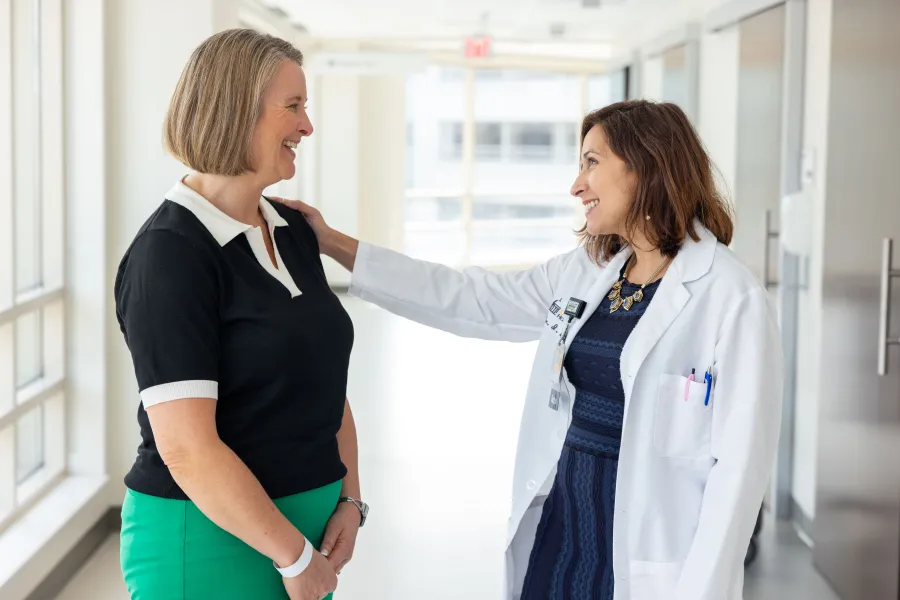
Every cancer diagnosis is unique.
That’s why getting a second opinion matters. Our cancer experts can confirm your diagnosis and help you understand all your treatment options.
Treatments for stomach cancer
Most stomach cancer treatments include surgery. There are many different kinds of surgery. Some remove only the cancer. Some remove part of the stomach along with the cancer. Your surgery will depend on whether your cancer has spread, and where it is in your stomach. Our surgeons have training in the most advanced minimally invasive and robotic surgical techniques for removing stomach cancers.
Your treatment could include chemotherapy, radiation therapy, surgery, or a combination of these treatments, but surgery offers the best chance for a cure.
We offer clinical trials that give you access to the latest, most advanced treatment options — including drugs and therapies not yet on the market. Clinical trials can help increase survival rates and improve recovery and quality of life. Our providers, who are also researchers, make these promising treatments available.
Stomach cancer types
- Adenocarcinoma
- Gastroesophageal junction adenocarcinoma (GEJ)
- Gastrointestinal neuroendocrine tumors
- Gastrointestinal stromal tumors (GIST)
- Gastric lymphoma
Our Care Team

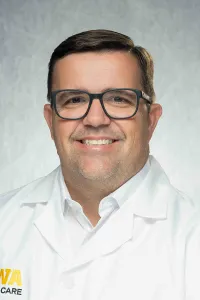
- Cancer
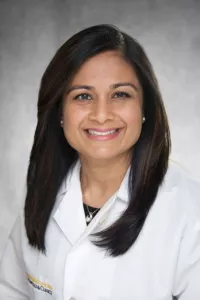

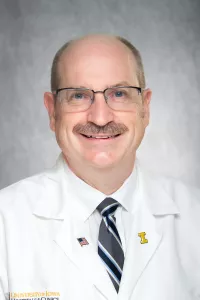
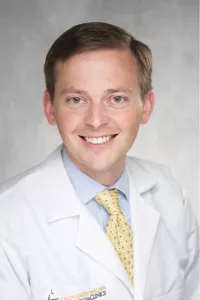
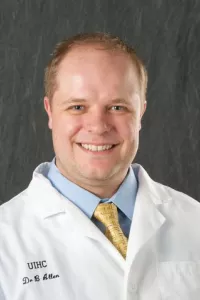
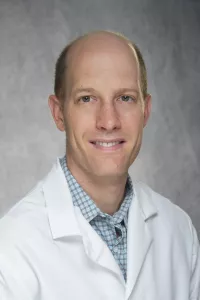
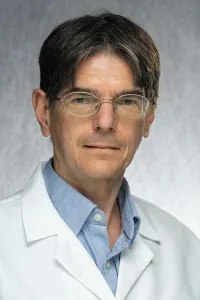
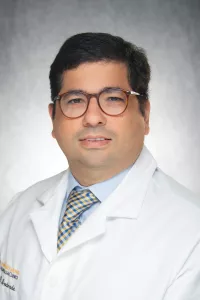
- Cancer
- Radiology
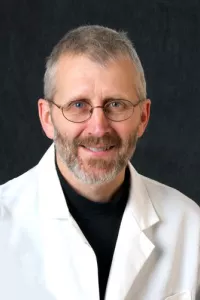
- Cancer
- Pathology
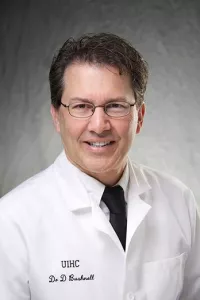
- Cancer
- Radiology
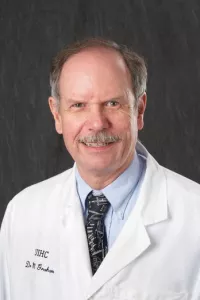
- Cancer
- Radiology
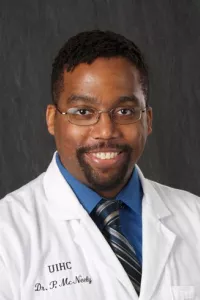
- Cancer
- Radiology
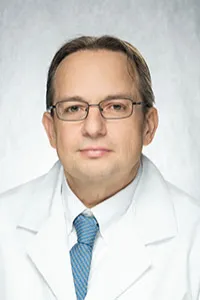
- Cancer
- Radiology
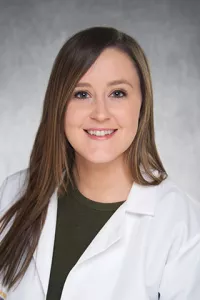
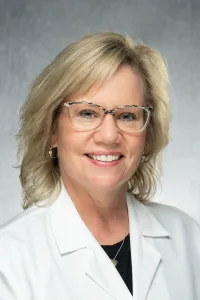

- Cancer
- Genetics
Need help finding a stomach cancer specialist?
Locations and Offices

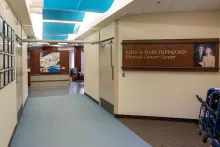
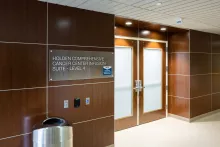

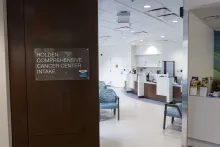
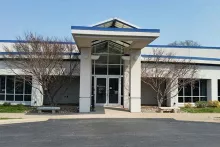

Support Groups
Caring for a loved one with cancer presents a unique set of challenges.
Family and friends who are taking care of a cancer patient are invited to attend therapy group for caregivers.
In these groups, caregivers will offer support, exchange ideas, and learn strategies to cope with the stress that comes with caring for a cancer patient.
We offer group therapy for men and women of all ages who have a cancer diagnosis. The therapy sessions provide a safe environment for supportive interactions, education, and sharing of experiences. The groups practice mindfulness, acceptance, and self-compassion. Wherever you are in your cancer journey—recently diagnosed, in active treatment, or finished with therapy—please join us.
Awards and Recognition
An emerging body of evidence suggests that treatment at a comprehensive cancer center may offer patients better chances for long-term survival.